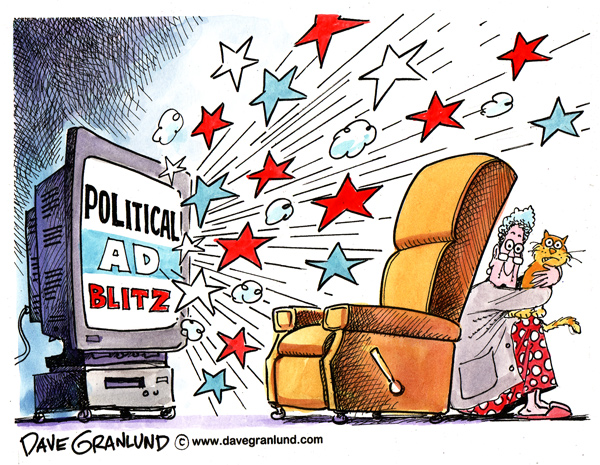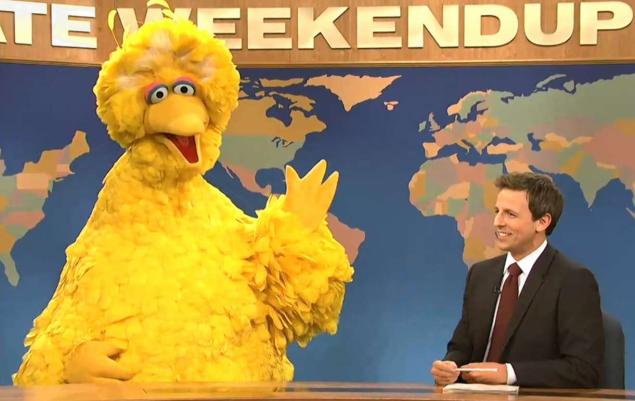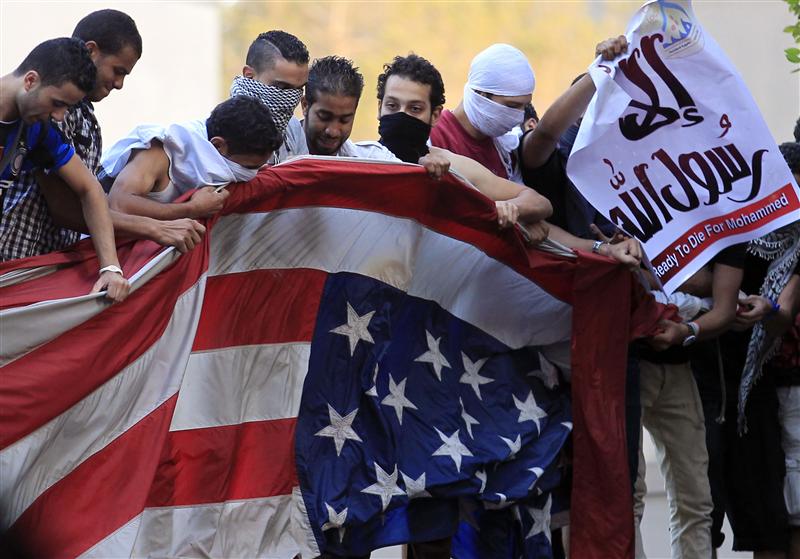No, I’m not talking about the release of Call of Duty: Black Ops II this week, and the $500 million that players dropped on the first day. Rather, I’m talking about real conflict with real casualties, and tweets like this…
Some numbers from the last 3 days: 492 rockets fired from #Gaza hit #Israel + 245 Iron Dome interceptions = 737 rockets fired at us. @IDFSpokesperson
And this photo tweeted two days ago…
And this video posted to Youtube…
[youtube=http://www.youtube.com/watch?v=P6U2ZQ0EhN4]
If you watch the IDF YouTube channel you’ll also find a video that alleges to show Palestinian children taunting Israeli soldiers attempting to provoke a response for the cameras.
In a world where public support is necessary for democratic societies to engage in armed conflict, propaganda is a necessary and essential part of the campaign. According to an editorial in the Washington Post,
The @IDFSpokesperson Twitter account, encouraging followers to show support for the strikes, tweeted Wednesday: “More than 12,000 rockets hit Israel in the past 12 years. RT if you think #Israel has the right to defend itself.” More than 5,500 people have retweeted it.
The social media campaign being waged by the Israeli Defense Force is part PR campaign, part political posturing, part warning intended to minimize civilian casualties, and part intimidation, e.g. “We recommend that no Hamas operatives, whether low level or senior leaders, show their faces above ground in the days ahead.”
Hamas, the pro-Palestinian group responsible for the rocket attacks on Israel, has responded with their own campaign, including the twitter hashtag #GazaUnderAttack. Civilians, especially children, killed by Israeli retaliatory strikes are put on display for the TV cameras as mourners wail in the street.
The Middle East, post Arab Spring, is still a fractious place where opposing forces battle on a daily basis. While some of the conflict is physical, much of it takes place in the media where the battle is fought for the hearts and minds of both regional and global witnesses. And more and more of it is happening in near-real-time.






